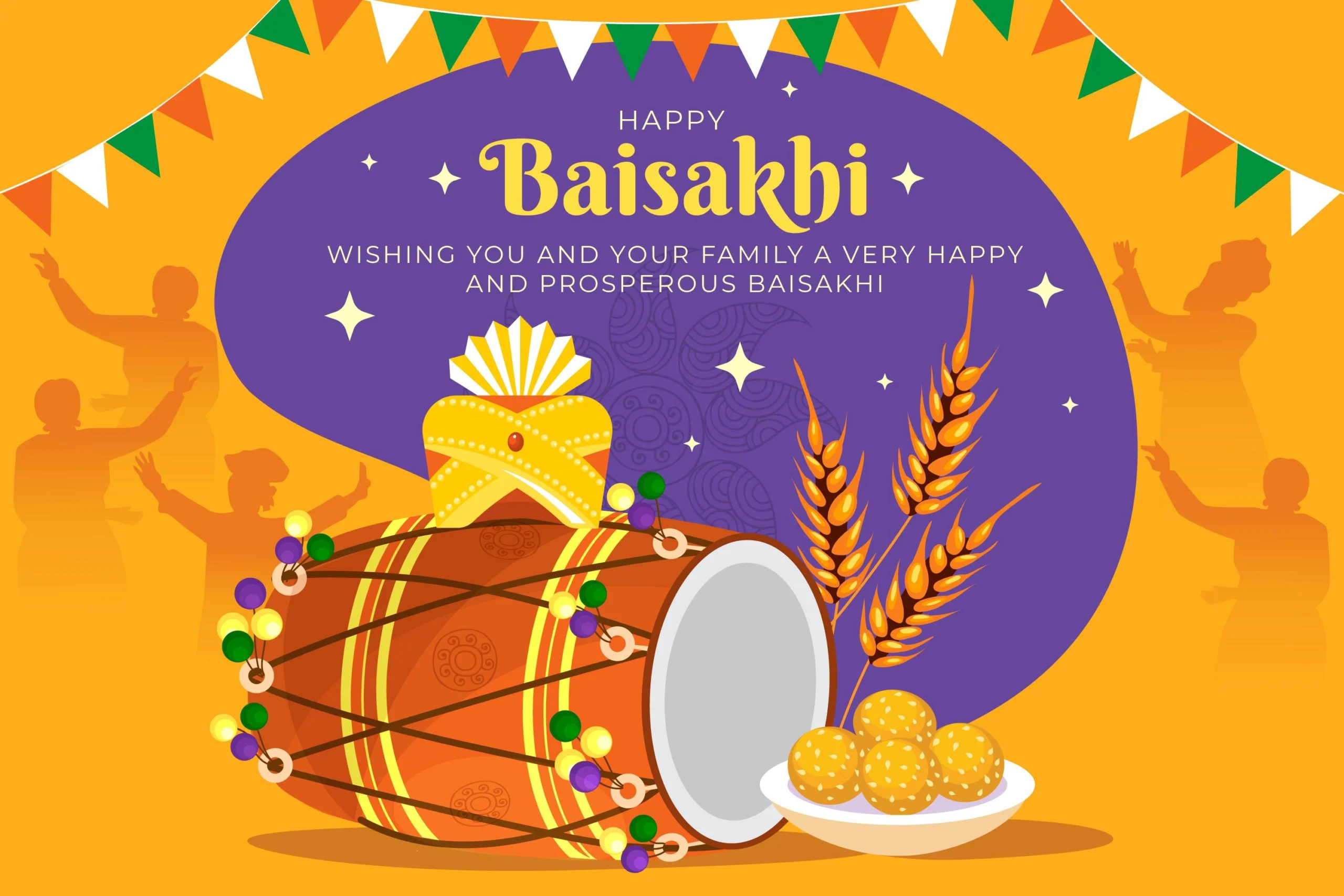Introduction
Pongal is a traditional South Indian dish celebrated during the harvest festival of the same name. This dish, named after the festival itself, is a beloved comfort food made from rice and lentils, often prepared with a variety of spices and sometimes garnished with nuts and fruits. In this guide, we will explore how to make Pongal, discuss its cultural significance, and provide a step-by-step recipe to help you prepare this delicious dish in your own kitchen.
What is Pongal?
Pongal is a popular South Indian dish that forms an integral part of the Tamil festival of the same name, which marks the end of the harvest season. The word “Pongal” means “boiling over” in Tamil, referring to the dish’s preparation method where rice and lentils are boiled together to create a hearty and wholesome meal. Traditionally, Pongal is made in a large pot, and the first serving is offered to the gods as part of the festival’s rituals.
Ingredients for Pongal
To make authentic Pongal, you’ll need the following ingredients:
- Rice: Use short-grain rice for the best texture. Basmati rice can also be used but may result in a slightly different flavor.
- Moong Dal (Green Gram): This lentil adds protein and a creamy texture to the Pongal.
- Ghee (Clarified Butter): Essential for an authentic taste. If you prefer, you can use oil as a substitute.
- Black Pepper: For a subtle heat.
- Cumin Seeds: Adds a warm, earthy flavor.
- Ginger: Finely chopped or grated for a zesty kick.
- Cashews: For added crunch and flavor.
- Coconut: Freshly grated coconut adds a delightful sweetness and texture.
- Salt: To taste.
- Water: To cook the rice and lentils.
Step-by-Step Instructions
Preparing the Ingredients
- Roasting the Moong Dal:
- Heat a dry skillet over medium heat.
- Add the moong dal and roast it until it turns slightly golden and aromatic. This step enhances the flavor and texture of the dal.
- Washing the Rice and Dal:
- Rinse the rice and roasted moong dal separately in cold water until the water runs clear. This removes excess starch and helps prevent the dish from becoming too sticky.
Cooking the Pongal
- Cooking the Rice and Dal:
- In a large pot, combine the rinsed rice and moong dal.
- Add water in a 2:1 ratio (two cups of water for every cup of rice and dal).
- Bring the mixture to a boil, then reduce the heat and simmer until the rice and dal are soft and mushy. This usually takes about 20-25 minutes. Stir occasionally to prevent sticking.
- Preparing the Tempering:
- While the rice and dal are cooking, heat ghee in a small pan.
- Add cumin seeds and let them sizzle for a few seconds.
- Add finely chopped ginger and sauté until it releases its aroma.
- Add cashews and cook until they turn golden brown.
- Stir in black pepper and cook for an additional minute.
- Combining and Garnishing:
- Once the rice and dal are cooked, stir in the tempering mixture.
- Add freshly grated coconut and salt to taste.
- Mix well and let the Pongal simmer for a few more minutes to allow the flavors to meld together.
Serving Pongal
Pongal is best served hot and can be enjoyed on its own or with a variety of accompaniments. Common side dishes include:
- Coconut Chutney: A refreshing, coconut-based condiment that complements the richness of Pongal.
- Sambar: A spicy lentil stew that adds a tangy and savory flavor.
- Pickles: Indian pickles can provide a zesty contrast to the mild Pongal.
Tips for Perfect Pongal
- Use Fresh Ingredients: Freshly grated coconut and high-quality ghee will significantly enhance the flavor of your Pongal.
- Adjust the Consistency: If you prefer a thinner or thicker consistency, adjust the amount of water accordingly.
- Cook on Low Heat: Cooking on low heat helps develop a rich, deep flavor and prevents burning.
Cultural Significance of Pongal
Pongal is not just a dish but a symbol of gratitude and celebration. During the Pongal festival, families gather to prepare and share this dish, giving thanks for the bountiful harvest and the blessings of nature. The preparation of Pongal is often accompanied by traditional music, dance, and rituals, making it a vibrant and joyous occasion.
Variations of Pongal
While the basic recipe remains the same, there are several regional variations of Pongal:
- Ven Pongal: The savory version made with black pepper, cumin seeds, and ginger.
- Chakarai Pongal: A sweet version made with jaggery, coconut, and cardamom.
- Kalkandu Pongal: Made with rock candy and flavored with aromatic spices.
Conclusion
Making Pongal is more than just cooking a meal; it’s about celebrating tradition and culture. By following the steps outlined in this guide, you can recreate this beloved dish in your own kitchen and share in the joy of the Pongal festival. Whether you’re preparing it for a special occasion or simply as a comforting meal, Pongal’s rich flavors and cultural significance will surely make it a cherished addition to your culinary repertoire. Enjoy the process, and happy cooking!


